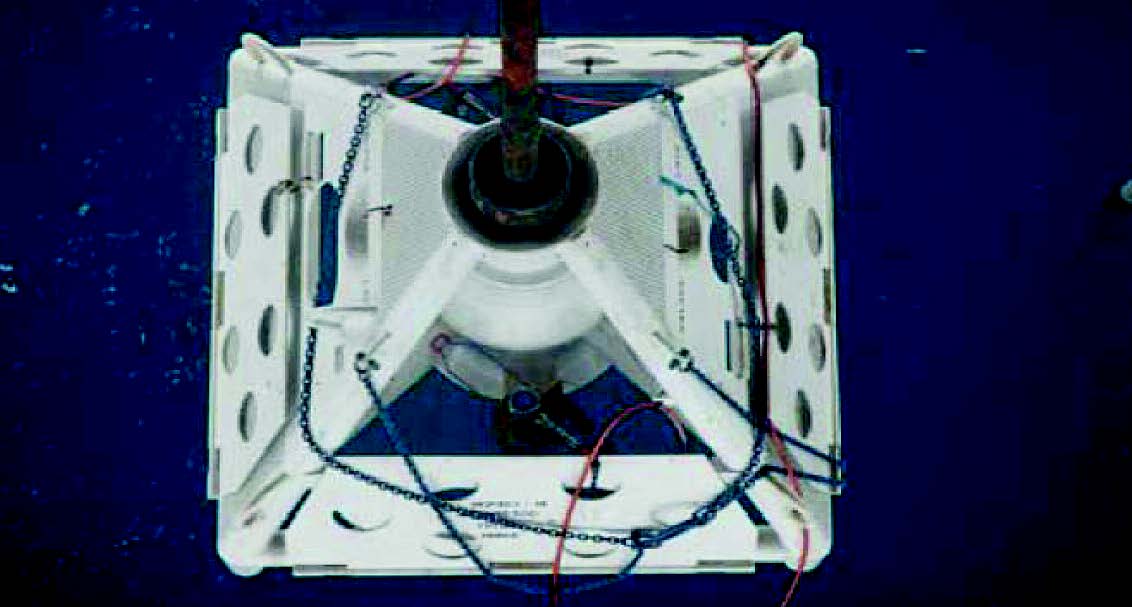Customer challenges
- After testing the initial Norvarg discovery well (operated by Total in the Norwegian Barents Sea) the vision of the reservoir was for large channel sands having better reservoir properties than tested in the first well – the Norvarg 2 appraisal well was planned with the objective of investigating uncertainties regarding reservoir deliverability, compartmentalization risk and the fluid contacts
- A particular objective was to demonstrate the contribution of other geological facies by performing a long duration pressure build-up beyond the end of the drill stem test (DST) period
- To minimize costs, it was a requirement for the well to be permanently abandoned at the end of the DST without any requirement for a further semi-sub based well intervention
Expro Excellence
- Three CaTS wireless transmitting gauges were deployed, externally mounted on the tailpipe below a permanent packer and above the TCP guns
- The DST string was stabbed into the packer and a conventional short duration well test performed
- At the end of the final pressure build-up (PBU) a sliding sleeve valve in the lower completion was activated to isolate the reservoir zone being monitored from the upper DST string
- A well kill was then performed above the packer, the DST string recovered to surface and the well plugged and abandoned by setting cement plugs in accordance with industry legislation
- A CaTS subsea receiver assembly was deployed on an over-trawlable well head cap from the rig on drill pipe and landed on the abandoned well head
Value to client
- High quality pressure build-up data was recovered from all three gauges for a period of nine months after well plug and abandonment
- The subsea receiver equipment and final well head retrieval was achieved cost effectively using services deployed from a supply boat
- Interpretation of the PBU data identified two no-flow boundaries 130m and 280m from the wellbore that were not observed during the normal DST period
- The vision for the large channel sands was more likely to be a channel belt with individual smaller channels having internal flow barriers, meaning that additional wells would have been required to develop the field compared to what was known prior to collecting the data



